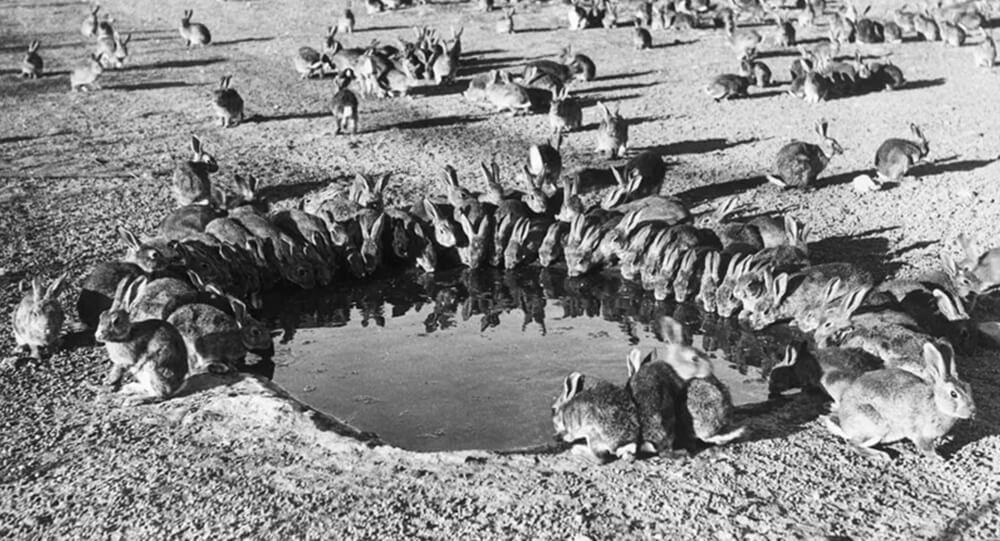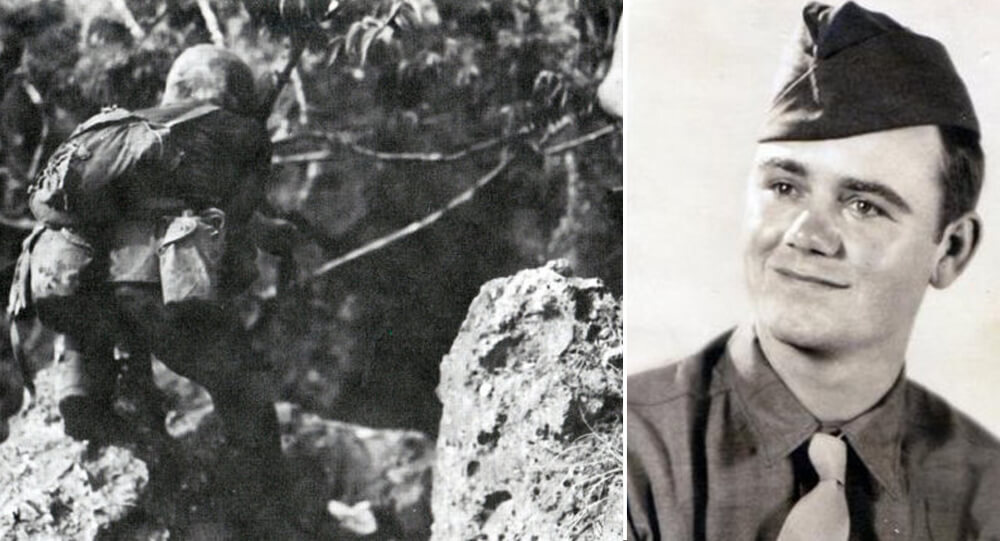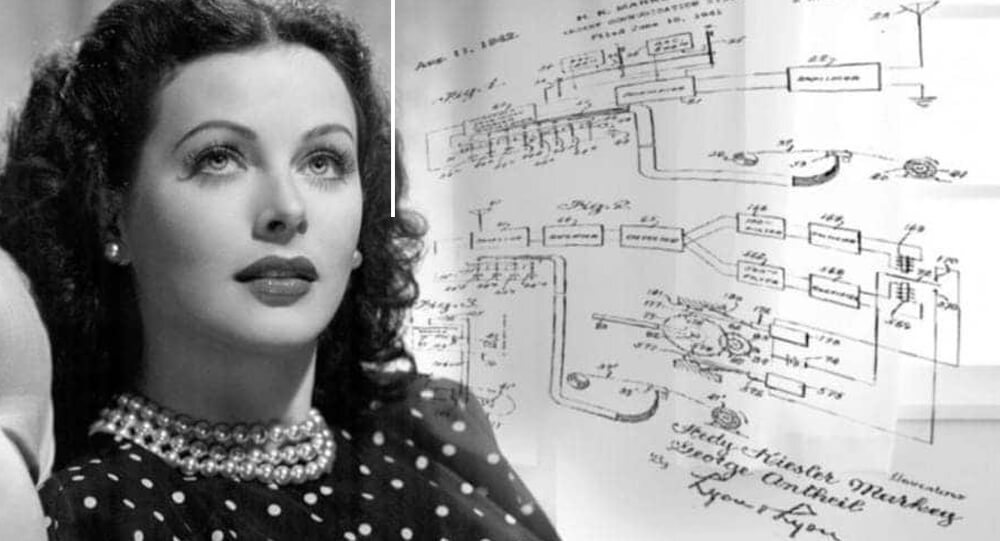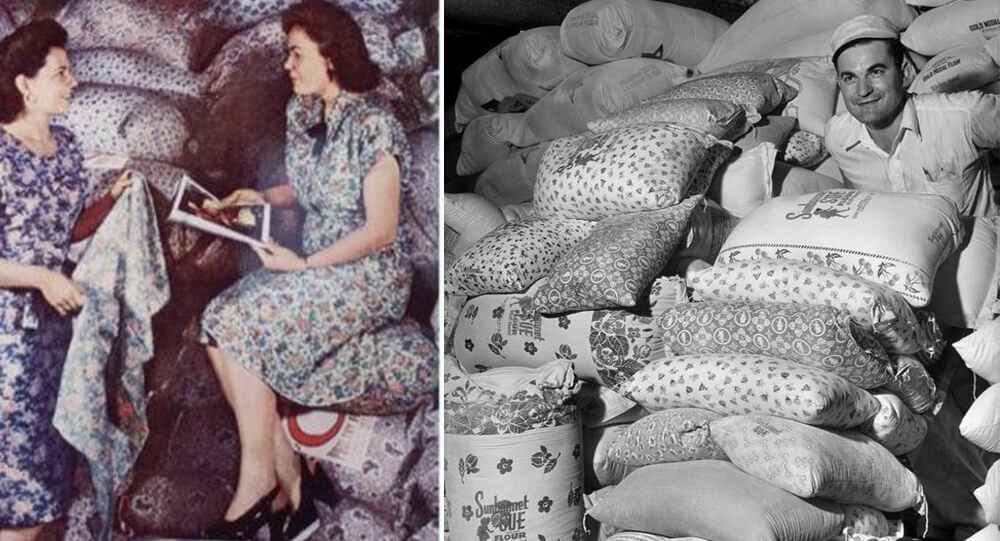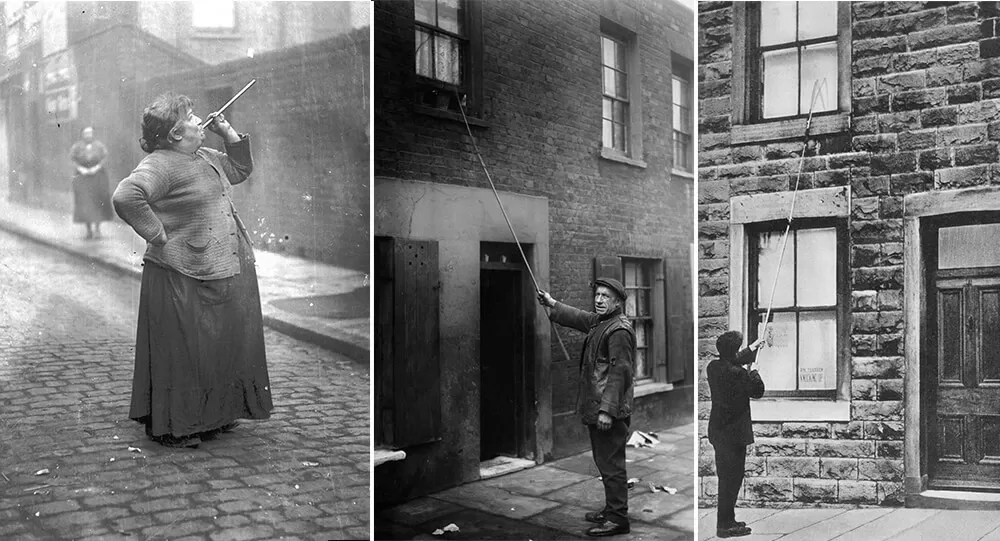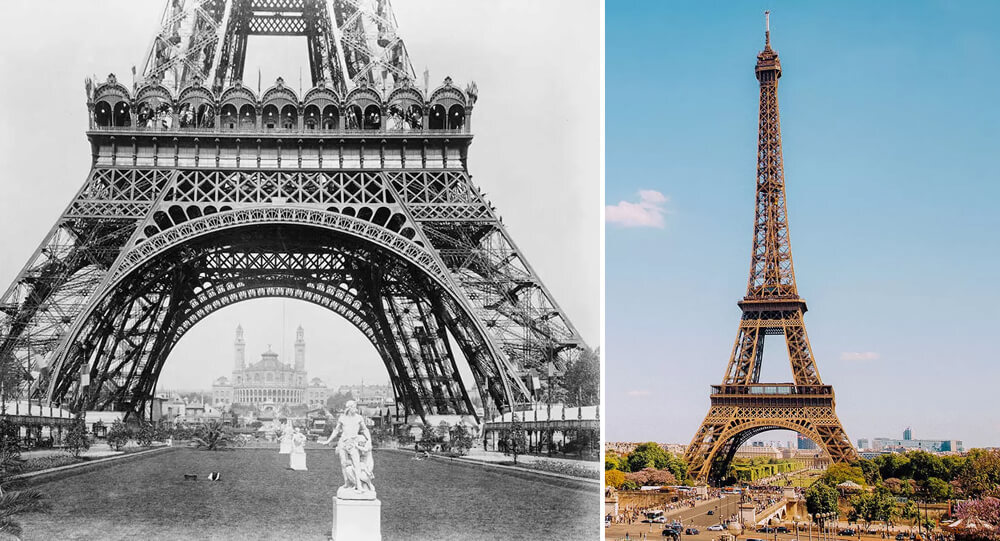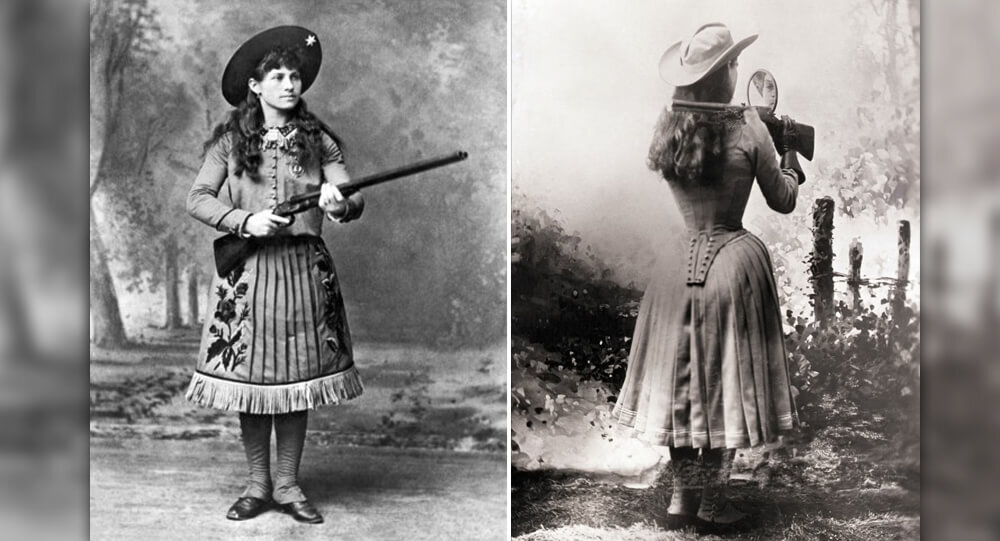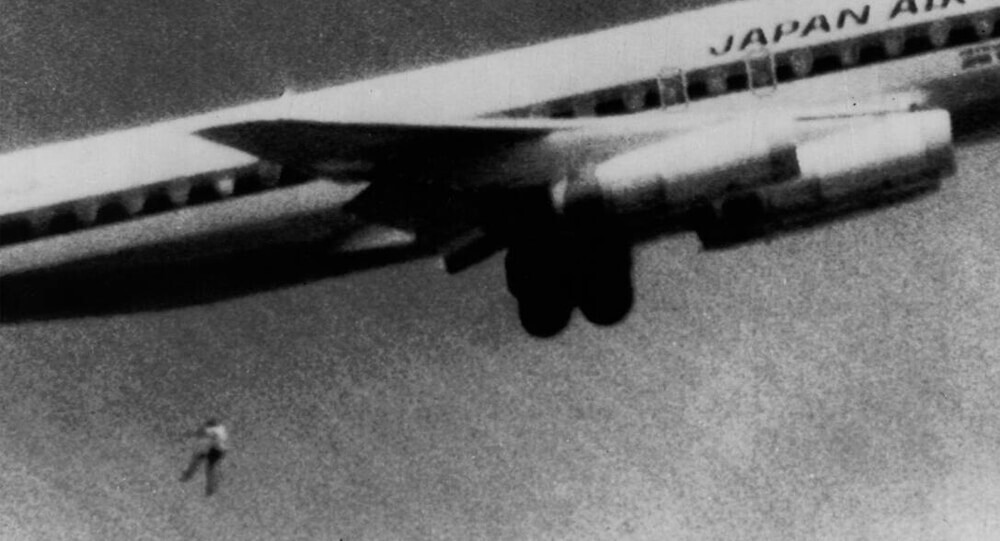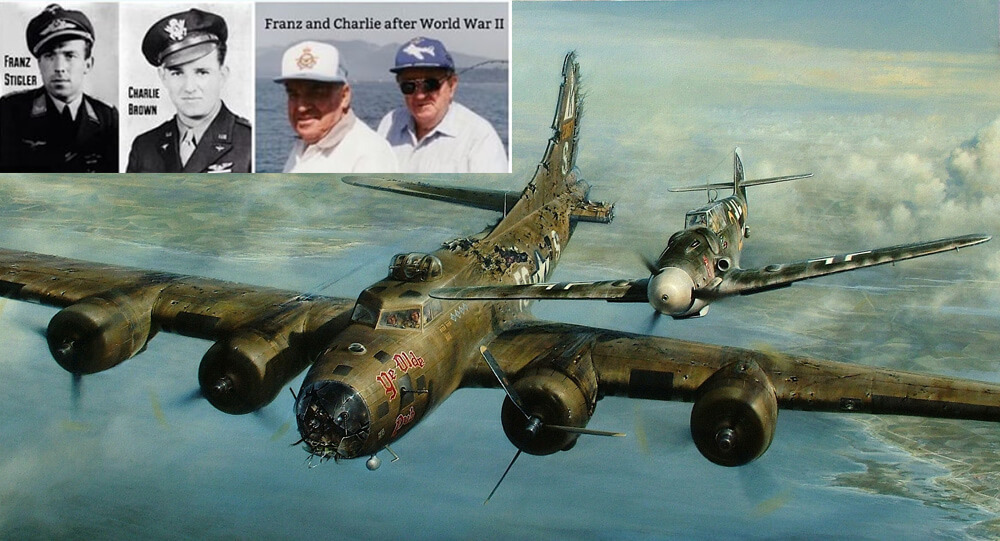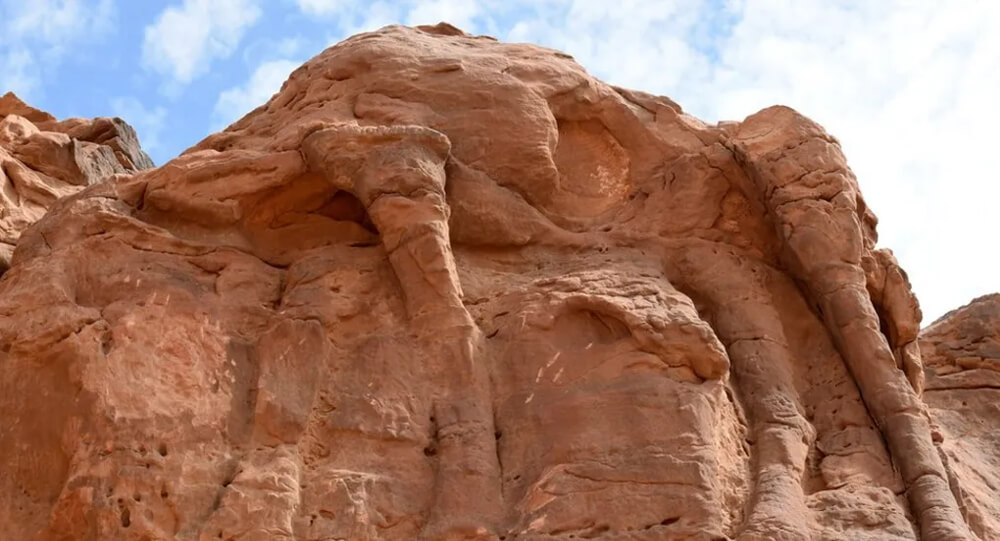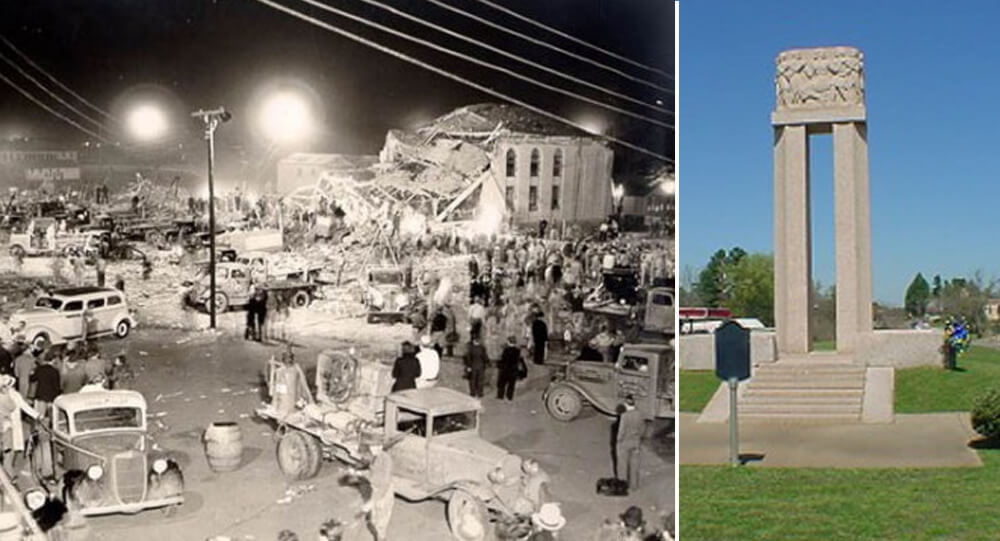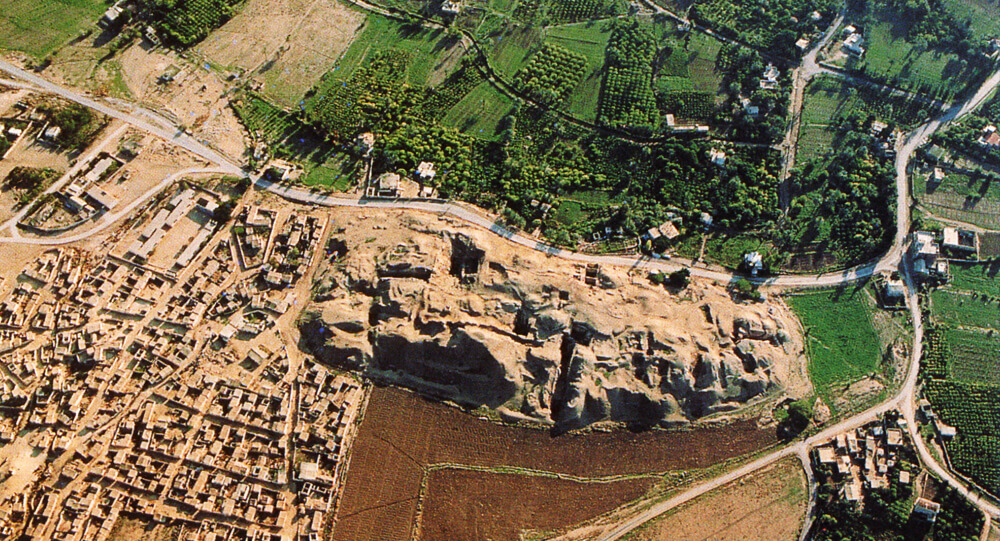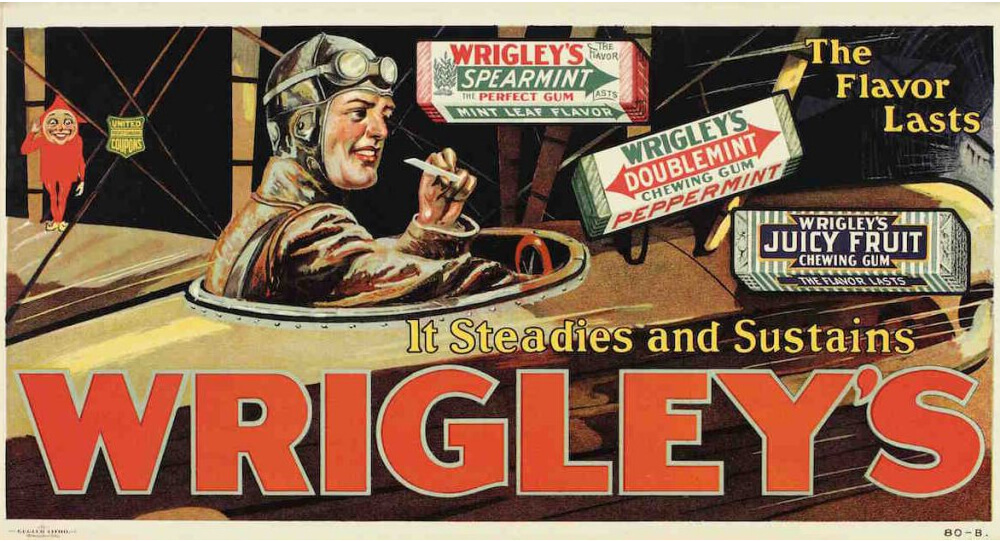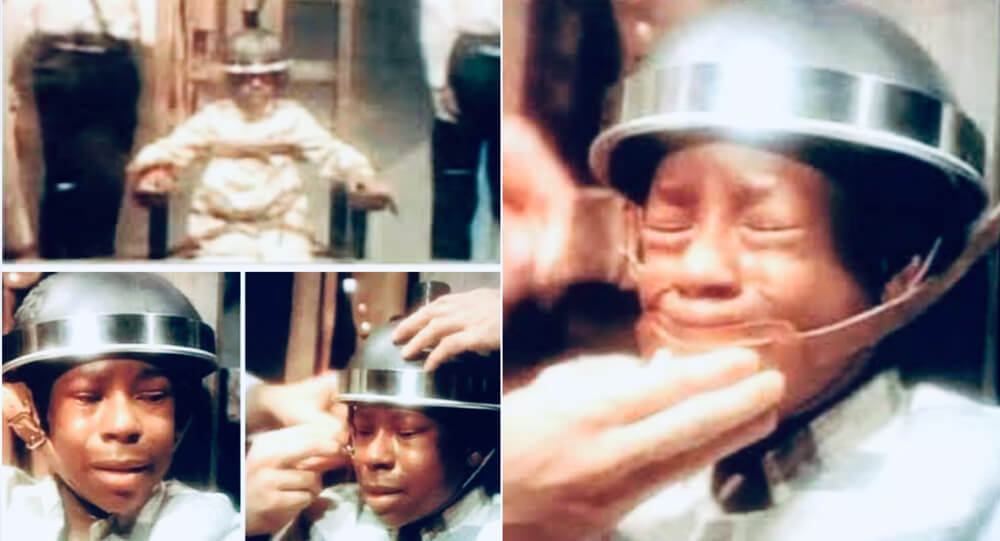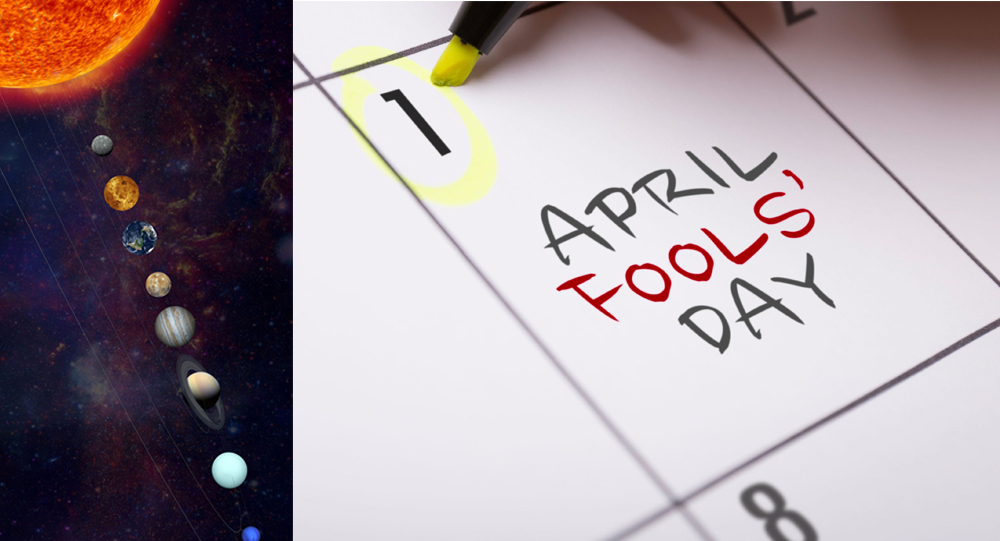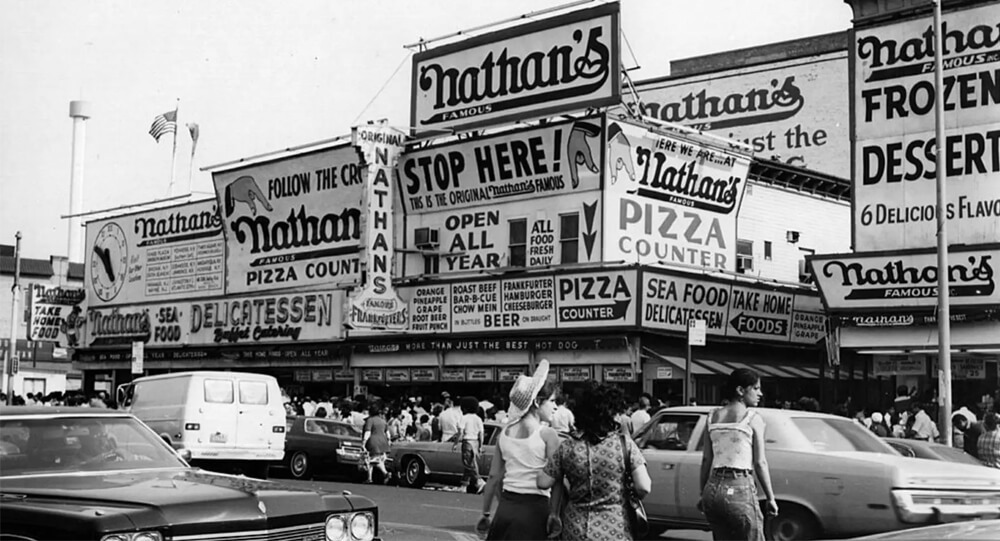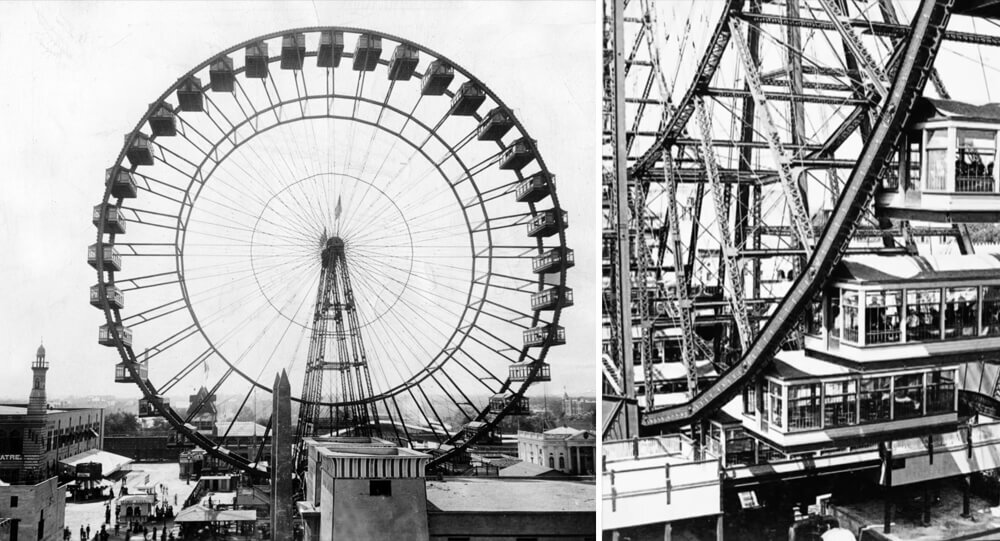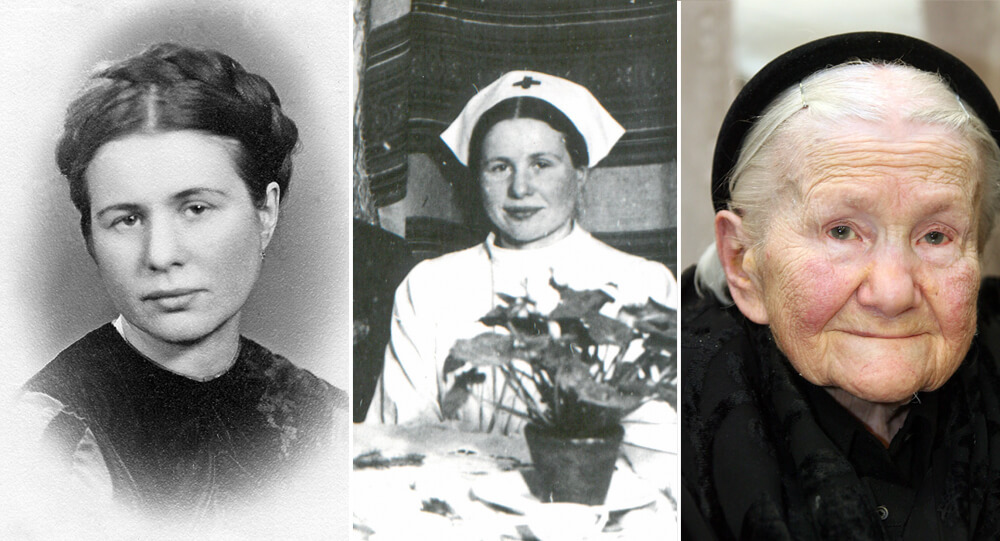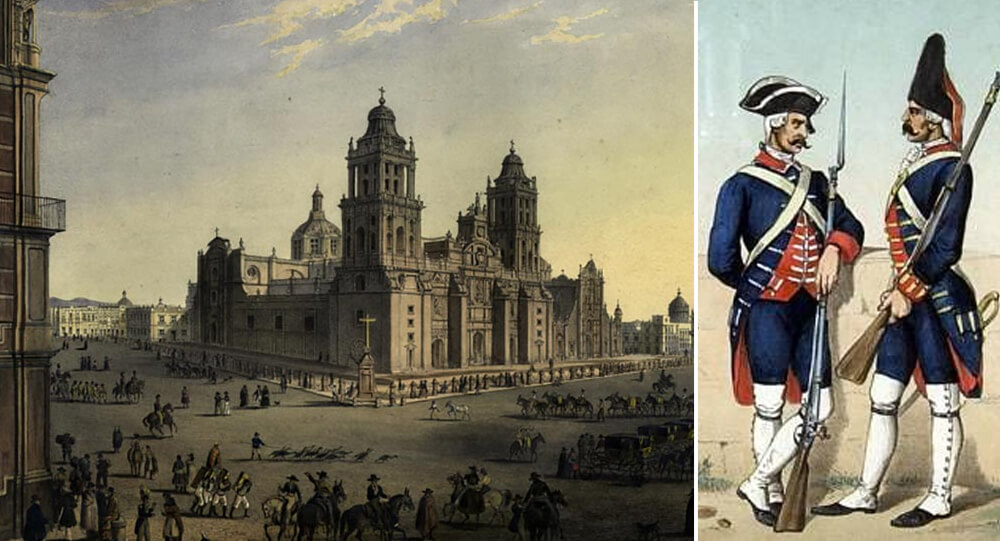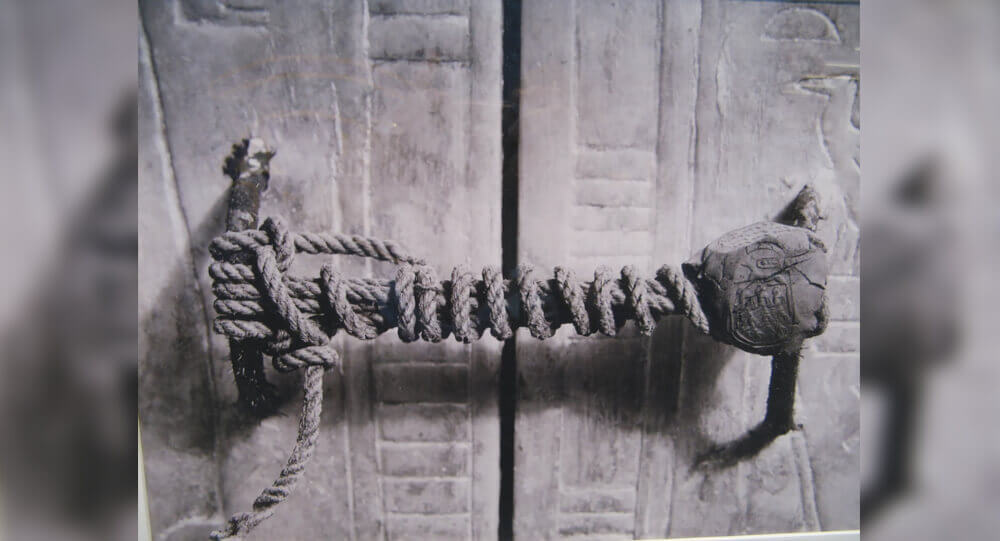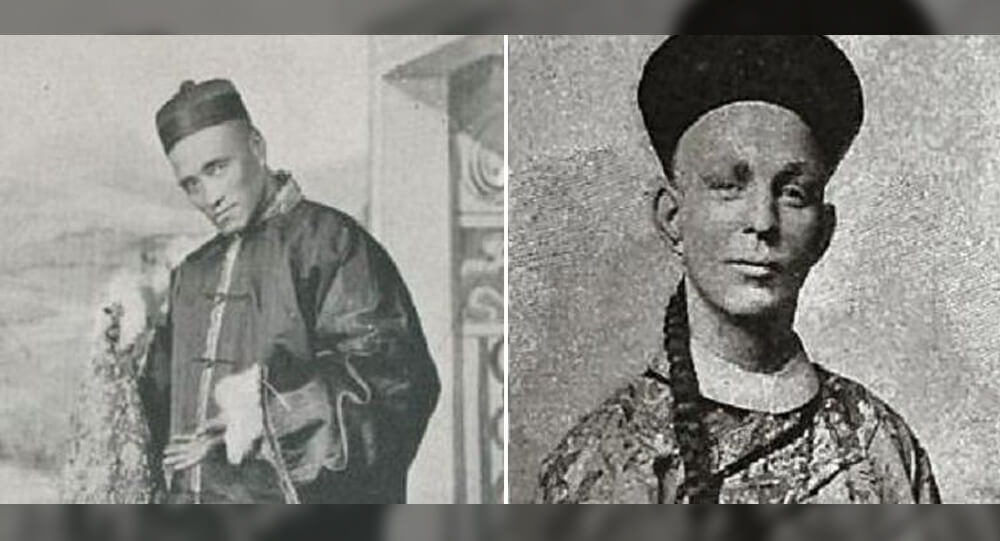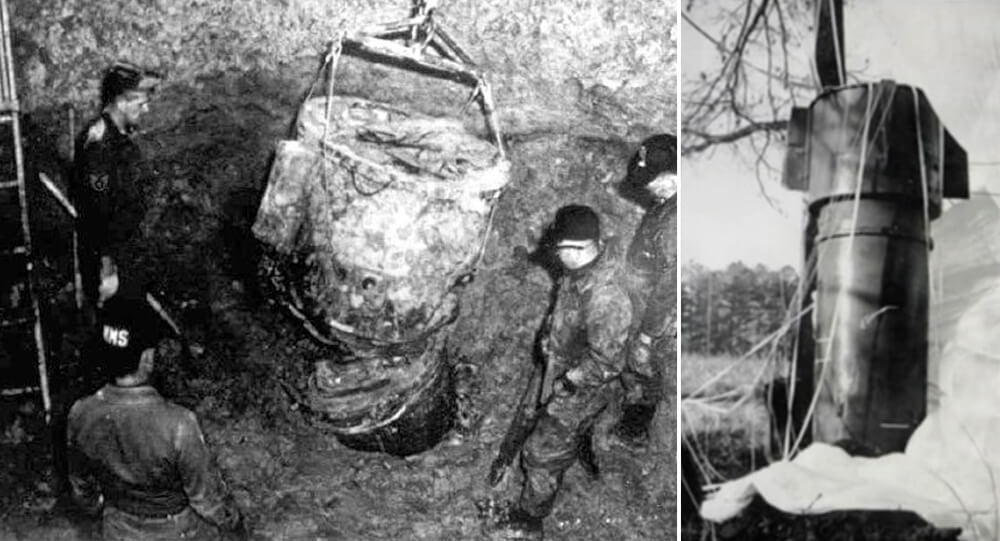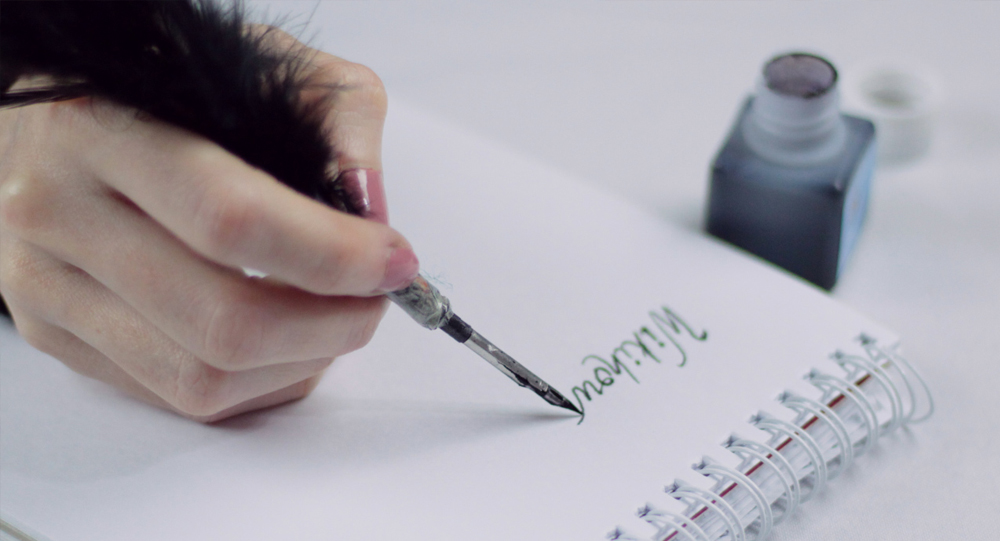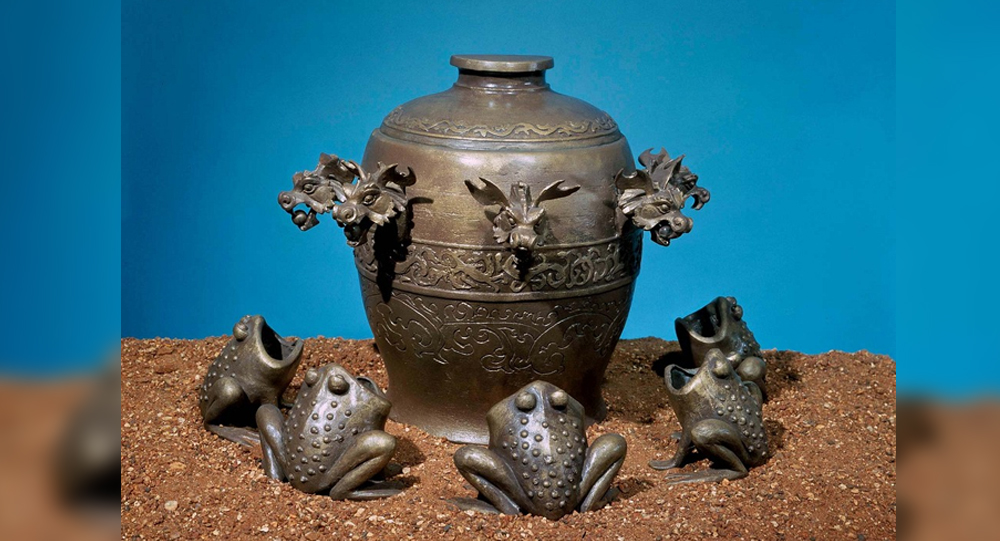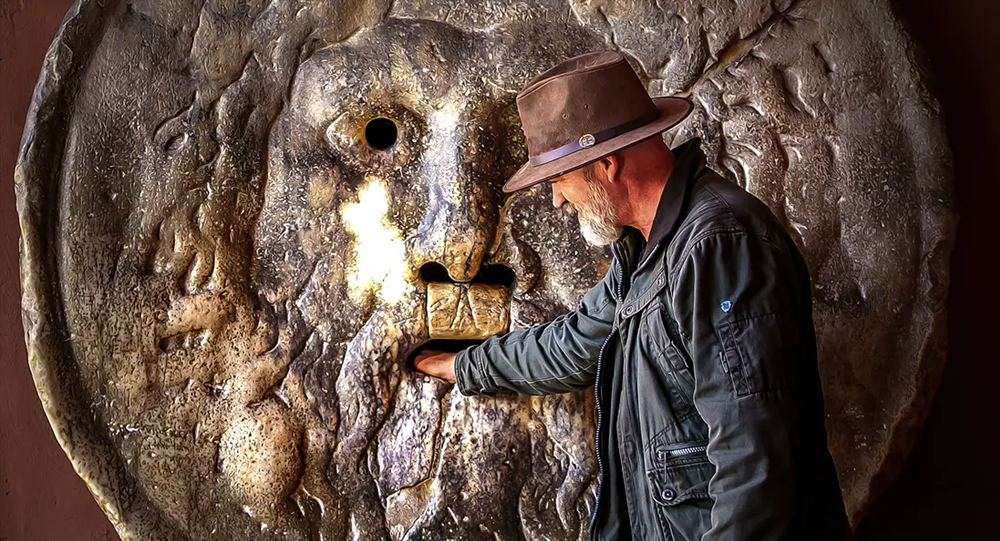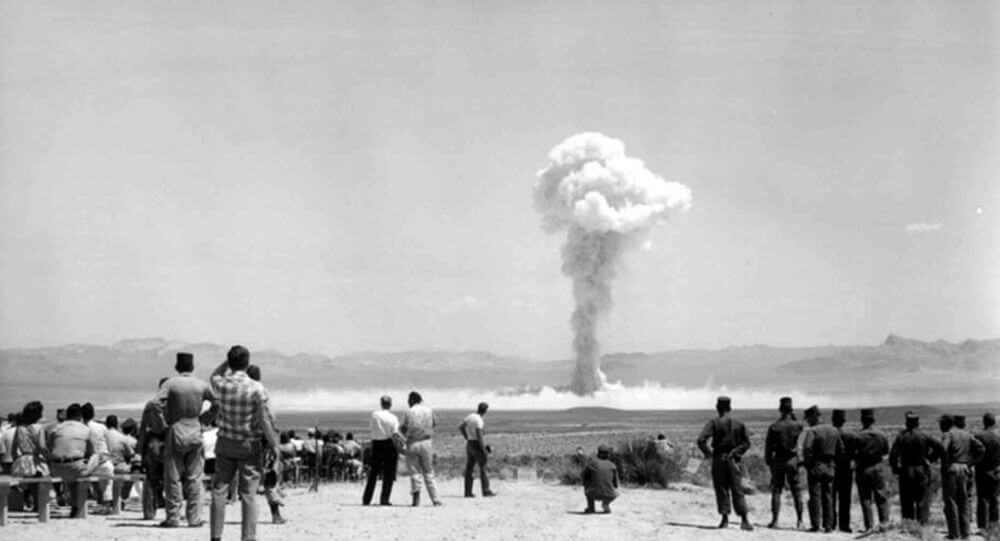

Atomic Tourism: In the 1950s, nuclear tests in Las Vegas served as a draw for tourists
Known as the “city of lights,” Las Vegas was once illuminated by the glow from an atomic explosion that occurred in the Nevada desert. Only 65 miles from Sin City, the US Army started testing nuclear weapons in 1951.
The sky was illuminated by the bombs’ glow at night, and during the day, mushroom clouds could be seen emerging over the horizon.
Fear was not the only response in traditional American fashion. A specific group of individuals began to travel to Vegas: Nuclear Tourists.
To understand why Nevada was chosen for nuclear testing, let’s go back in time. The Nevada Yucca Flats were the ideal location for nuclear testing because they were situated in the middle of the American wasteland. First of all, because it was in the middle of a desert, there were very few dangers to the houses nearby.
In addition, the federal government owns more than 87% of Nevada. It boasted plenty of open space, pleasant weather, and well-connected rail systems.
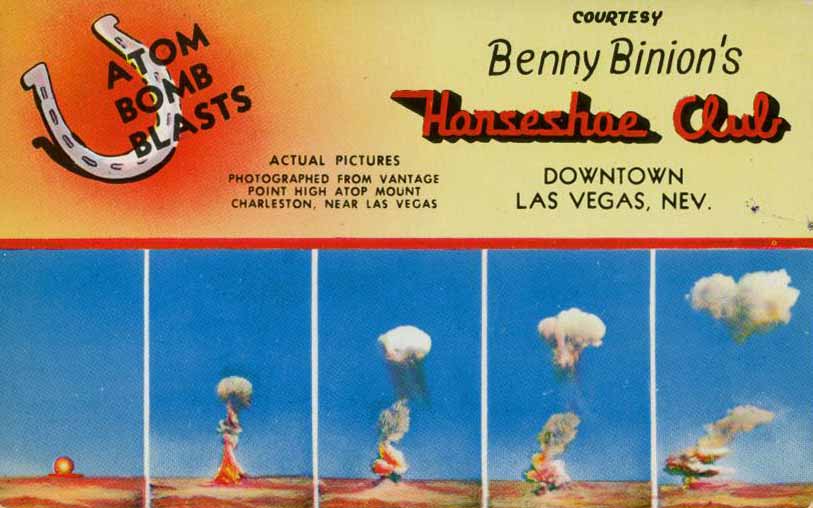
For those who did reside in this area, the nuclear detonations served as a source of spectacles and entertainment. Consequently, Vegas witnessed a surge in the number of visitors from all over the nation who would journey great distances to witness this novel performance.
Not too long after, the 25,000-person city of Las Vegas was transformed into the internationally recognized spectacle of three million people.
As news outlets worldwide jumped on this novel and thrilling development, atomic tourism quickly rose to the top of the headlines. It was even coined as “the non-ancient but nonetheless honorable pastime of atom-bomb watching” by New York Times writers.
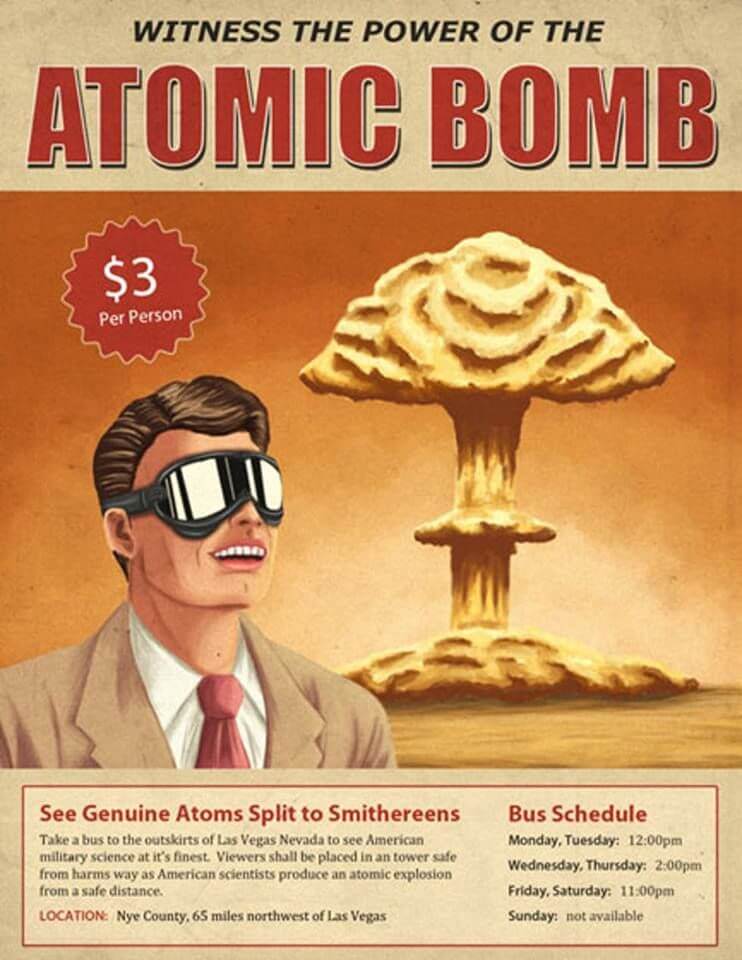
Vegas was built from the ground up for showmanship. By hiding the person from all indications of time and place, visitors are urged to appreciate the present and concentrate on what is in front of them.
Their credo is to focus on what’s in front of you. Landowners and business owners started using this idea to their advantage by making these tests into public displays of their own personas.
The times and dates of these tests were publicized beforehand by the Vegas Chamber of Commerce. Months in advance, calendars and announcements from the community would be released, allowing visitors to make plans and take in the sight of the mushroom cloud.
Pictures from these incidents started to appear in news outlets worldwide, and tourists drawn by the thrill of bomb-watching flocked to the area nearest the ground zero.
Many Las Vegas establishments hosted “Dawn Bomb Parties” on the eve of detonations. Starting at midnight, attendees would sip cocktails and sing until the bomb’s flash illuminated the night sky.
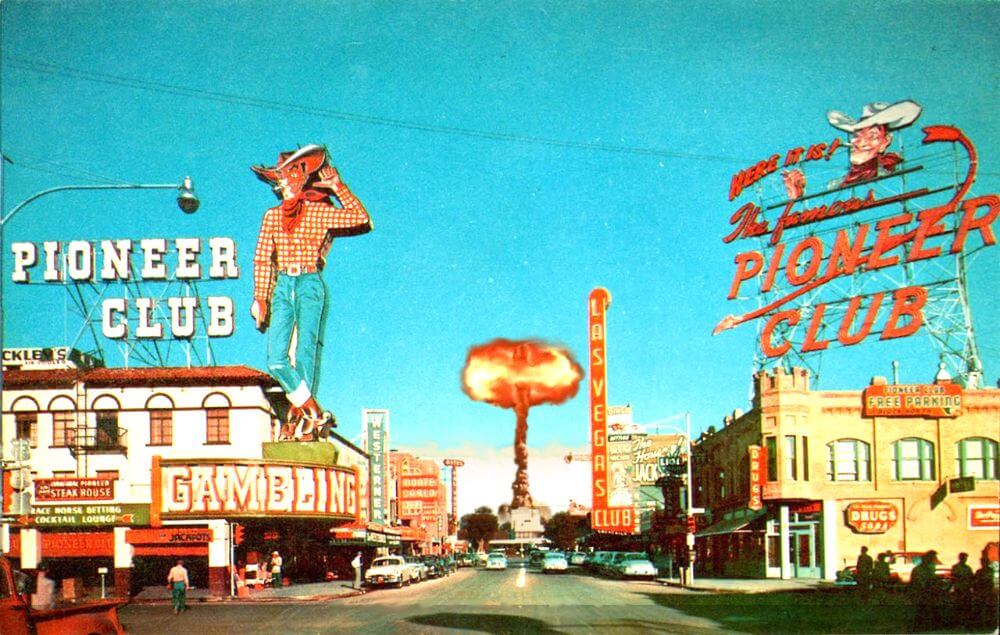
Vegas, however, also profited from the nuclear tests by offering itself as a haven of nostalgia and solace from the surrounding horror, in addition to these parties.
TV, games, and gambling were all diversionary activities that allowed visitors to Vegas to get away from the anxiety that was all around them.
Vegas and the Nevada Testing Site’s Yucca Flats were developed into a variety of tourist destinations. The vast craters that presently mar the desert’s surface are the site’s most striking feature as of right now.
Craters of all sizes and shapes, from smaller surface-level bombs to nuclear warheads, are strewn across the desert floor.
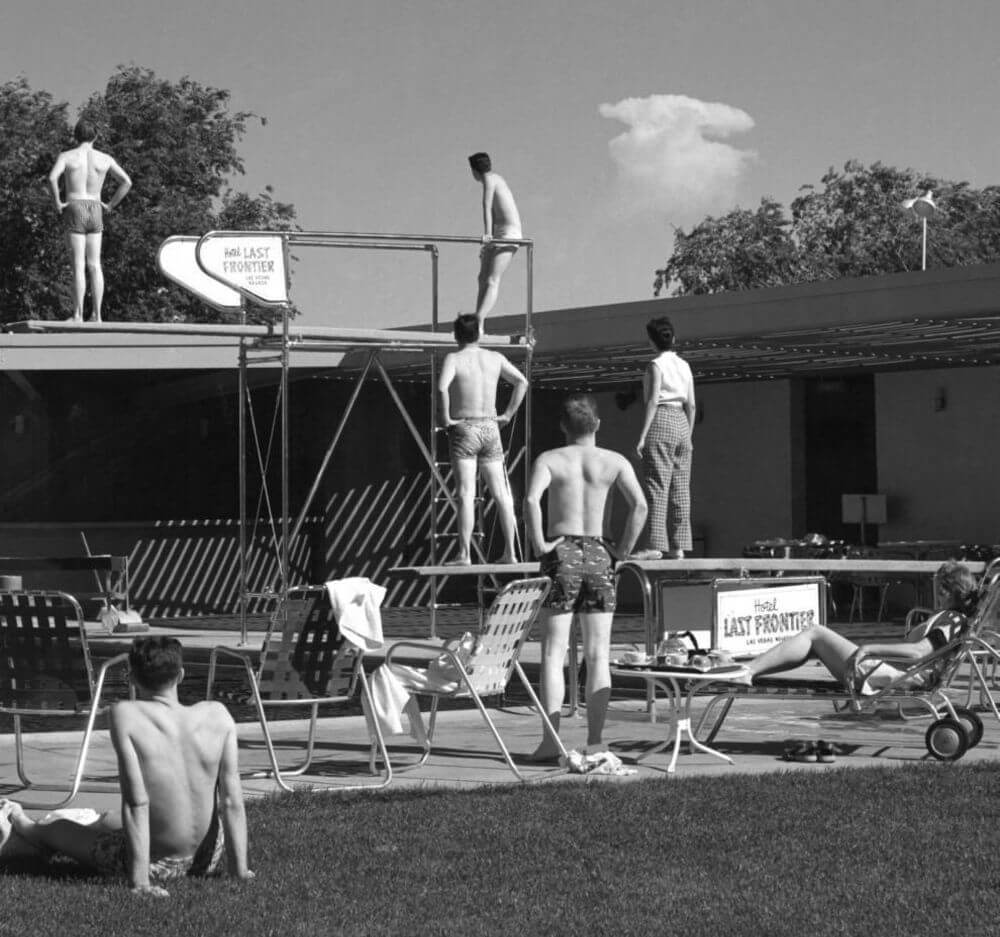
Bilby Crater is a well-known crater that was formed in 1963 during an underground test. The explosion, which produced an aftershock that was felt all the way in Vegas, left a hole 1,800 feet wide (550 meters) and 80 feet (24 meters) deep. It also produced about 249 kilotons of explosive power.
Because of its vastness, Sedan Crater is also well-liked. This crater, which is roughly 1280 feet (1280 meters) wide and 230 feet (70 meters) deep, was created by a 104 kiloton explosion that occurred directly beneath the desert floor.
Approximately 12 million tons of Earth were moved during its passage, in comparison to the effects of a 4.75 earthquake.
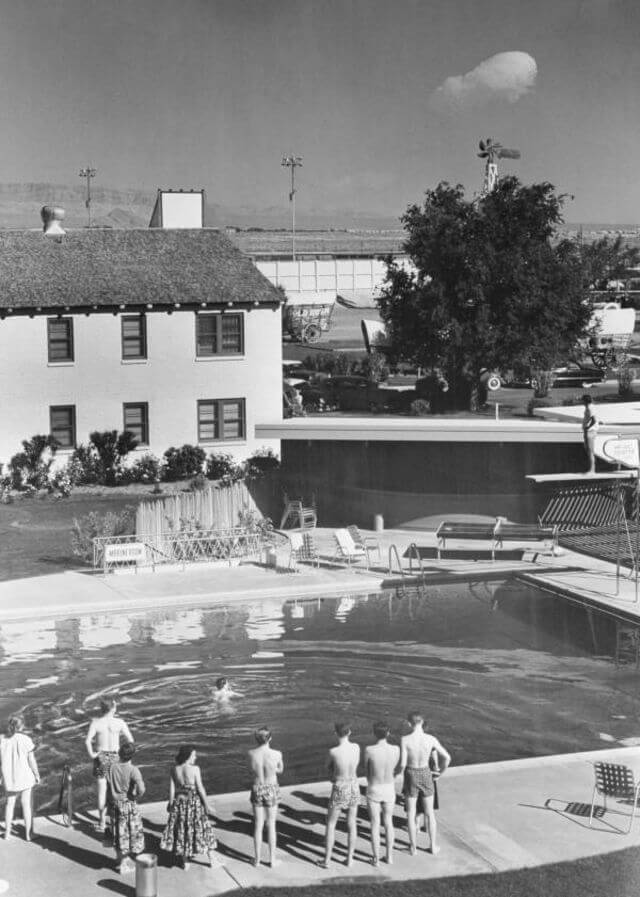
One reporter who saw the explosion and wrote for the Department of State Washington Bulletin said, “You put on the dark goggles, turn your head, and wait for the signal.” The bomb has now been detonated. After the allotted amount of time, you turn to look.
A magnificently brilliant cloud is rising like a massive umbrella. You prepare for the shock wave that comes after an atomic blast.
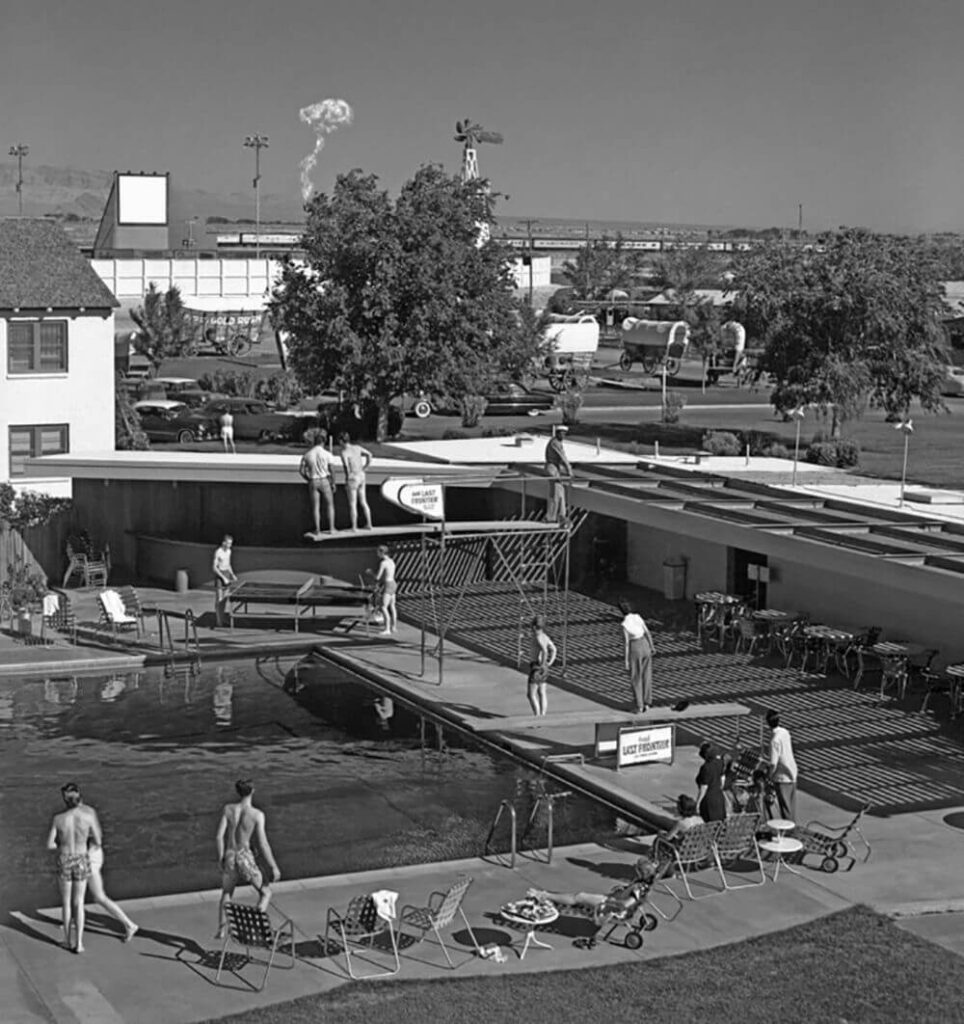
First comes a heat wave, followed by a shock powerful enough to bring down an unprepared man. After what seems like hours, the artificial sunburst disappears.
A total of 235 bombs were detonated over the course of twelve years, or one every three weeks. According to reports, the explosions’ powerful flashes could be seen as far away as Montana.
Scientists planned tests to coincide with weather patterns that blew fallout away from the city, claiming that the radiation’s harmful effects would have subsided and been harmless once the shock waves reached Las Vegas.
But as the tests went on, residents in southern Utah and northeastern Nevada started to complain that their livestock and pets were getting beta particle burns and other illnesses; as a result, in 1963 the site was prohibited from being used for above-ground nuclear testing.
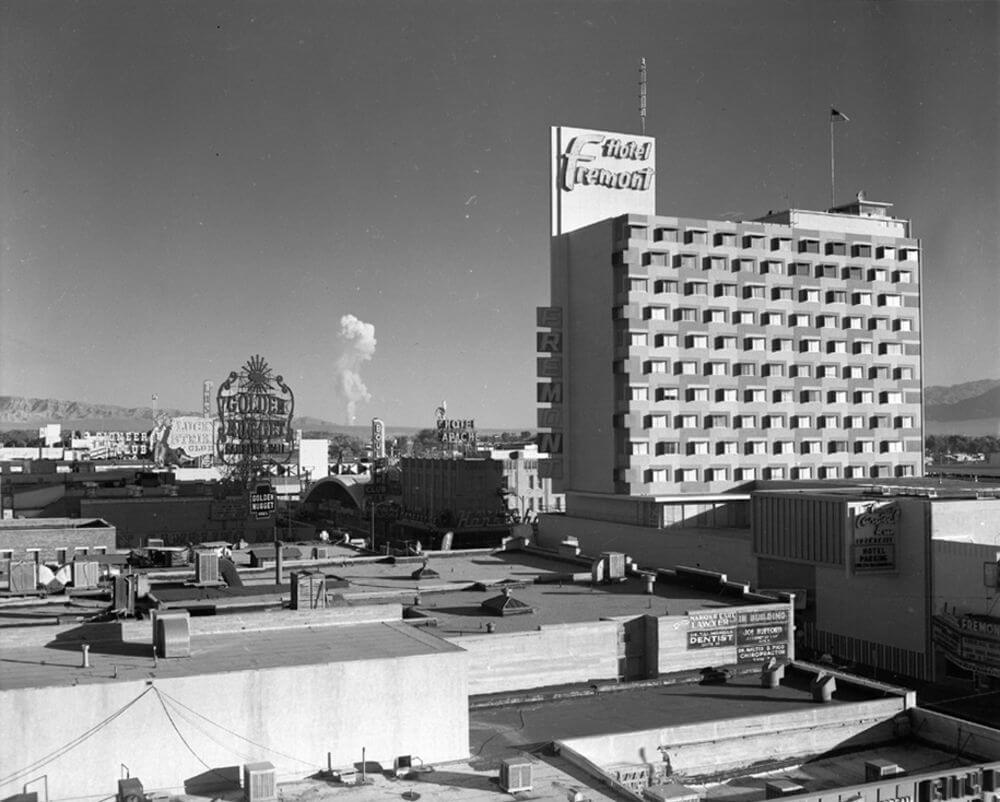

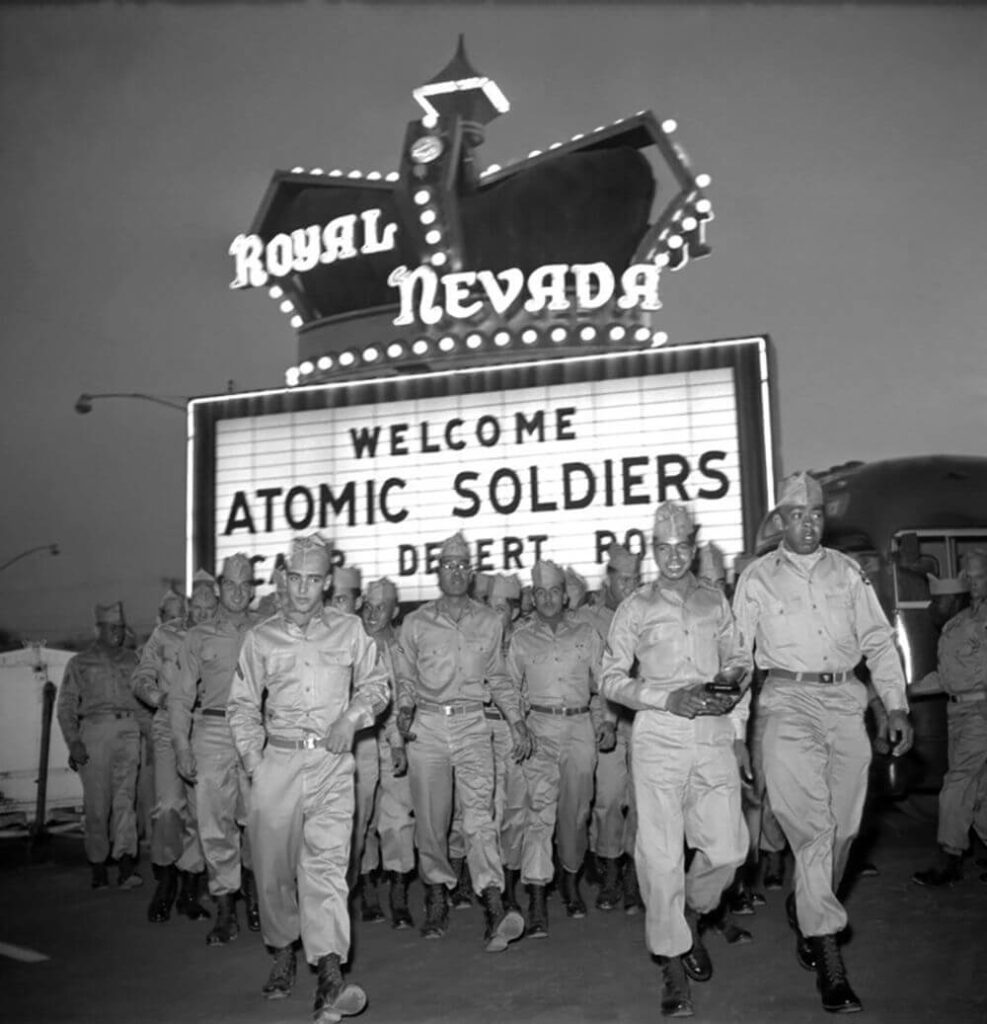
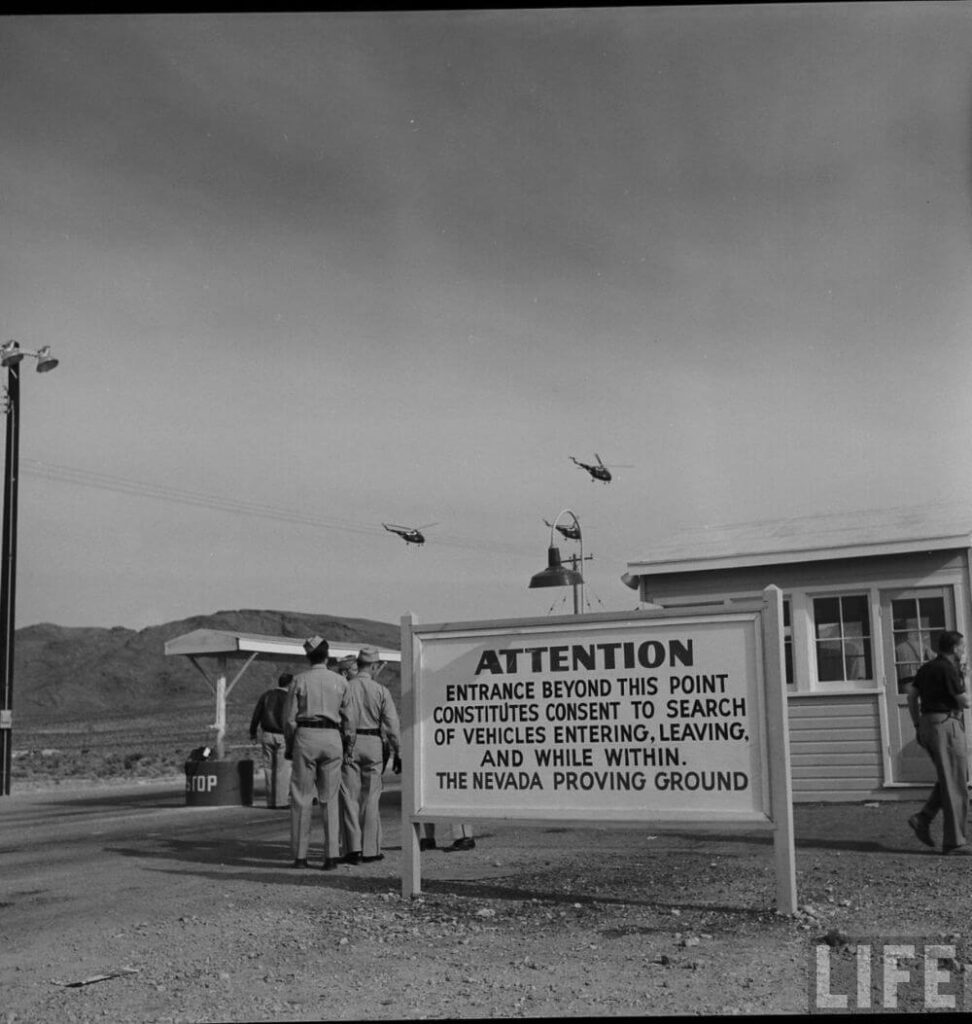

How European Rabbits Took over Australia
In 1859, wealthy settler Thomas Austin released 13 wild rabbits on his Australian estate. By 1920, their population grew to 10 billion.

Thomas Baker's heroic act that earned him the "Medal of Honor" was 8 bullets until death
Thomas Baker instructed his team to leave him with a pistol and eight bullets propped up against a tree after he was injured. Later, American troops discovered the now-deceased Baker in the same location, lying next to eight dead Japanese soldiers and carrying an empty pistol.

Hedy Lamarr, A Hollywood actress who also a mathematician and inventor
Hollywood actress Hedy Lamarr was also a mathematician and the inventor of frequency hopping spread spectrum, a technology still used for bluetooth and wifi

The history of Flour sack clothing fashion
After Kansas mill owners found women reused flour sack materials into apparel in the 1920s and 1930s, they started applying patterned designs to give families with more fashionable patterns and material.

Knockers-up: waking up the Industrial Britain's Workers in 1900-1941
Before alarm clocks were invented, there was a profession called a knocker-up, which involved going from client to client and tapping on their windows (or banging on their doors) with long sticks until they were awake. It lasted into the 1920s.

Why was the Eiffel Tower almost demolished
The Eiffel Tower was intended to be a temporary structure for the World's Fair in 1889, but it was nearly dismantled and sold for scrap metal. It was saved because of its potential use as a radio antenna, and it now serves as a tourist attraction as well as a working broadcast tower.

The true story of Annie Oakley, legendary sharpshooter
Anne Oakley was such a good shooter that she could split a playing card help edge-on, hit dimes thrown into the air, shoot cigarette from her husband's lips, and pierce a playing card thrown into the air before it hit the ground.

Keith Sapsford: The Story of 14-Year-Old Stowaway
The final image of 14-year-old Australian Keith Sapsford, who aspired to travel the world. In February 1970, he sneaked into the wheel-well of a plane flying from Sydney to Tokyo. It opened mid-air & fell out. When a photographer was testing a new lens, he captured this moment on film and was surprised when it developed.

Charlie Brown and Franz Stigler incident: Enemy became friends
During WWII, a German pilot spotted an American pilot’s crippled plane in the sky. Tailing it, he noticed that gunner was dead, crew injured, and they posed no threat. Instead of destroying the plane, he led it to safety. 40 years later, the two pilots reunited.

Saudi Arabia camel carvings dated to prehistoric era
Archaeologists were shocked to discover that a series of camels carved into desert rock faces in north-western Saudi Arabia are actually prehistoric, dating from 7,000-8,000 years ago - before either the Pyramids of Giza or Stonehenge were built.

New London School Explosion, Deadliest school disaster which killed almost 300 children and teachers
In 1937, a gas leak in the basement at the local school in New London, Texas caused a massive explosion which killed almost 300 children and teachers, the deadliest school disaster in US history. Adolf Hitler even sent his condolences by telegram.

Ancient Jericho: The First Walled City In History
The ancient city of Jericho is the world's oldest walled city, with evidence of stone fortifications dating back nearly 9000 years.

What is the story behind Wrigley chewing gum?
Wrigley's was originally a soap company that gifted baking powder with their soap. The baking powder became more popular than the soap so they switched to selling baking powder with chewing gum as a gift. The gum became more popular than the baking powder so the company switched to selling gum.

The youngest person executed, George Stinney Jr was proven innocent
In 1944, George Stinney Jr. was 14 years old when he was executed in South Carolina. It took only ten minutes to convict him — and 70 years to exonerate him.

The 1976 April Fools' Pranks, Planetary Alignment
On April fool's Day, 1976, the BBC convinced many listeners that a special alignment of the planets would temporarily decrease gravity on Earth. Phone lines were flooded with callers who claimed they felt the effects.

Nathan's Famous Doctor Stunt
When Nathan's Famous Hot Dogs first opened in 1916, the owner hired people to dress as doctors and eat hot dogs outside his shop, to convince people his hot dogs were healthy.

how Ferris wheel invented
In 1891, Chicago challenged engineers to create a structure to surpass the Eiffel Tower for the World's Columbian Exposition. George Washington Gale Ferris jr. responded with the original Ferris Wheel, a giant rotating structure elevating visitors above the city. This invention became an iconic attraction at the fair.

Irena Sendler: woman who rescued Jews during holocaust
Irene Sendler was the Zegota resistance group's head of the children's department. She risked her life to smuggle children out of the Warsaw ghetto, place them with Polish families or orphanages, give each child a new identity, and keep records so that they could be returned to their families. In 1943, the Gestapo arrested and sentenced her to death, but she was rescued by Zegota.

Did Gil Pérez Really Teleport from Manila to Mexico Overnight? The 1593 Mystery
On October 24, 1593, while performing his guard duties at Manila's Governor's Palace in the Philippines, Gil Perez stopped to lean against a wall and sleep for a while. He opened his eyes to find himself in an unusual environment. Gil was in the Plaza Mayor in Mexico City. They imprisoned Perez, but the authorities in Mexico City decided to release him and return him home.

The unbroken seal on King Tutankhamun's tomb until 1922
The unbroken seal of Tutankhamun's tomb before it was opened in 1923, it was unbroken for over 3000 years.

The Bizarre (And Magical) Duel Between Chung Ling Soo And Ching Ling Foo
Ching Ling Foo and Chung Ling Soo were two magicians from the early 20th century who were bitter rivals. While Ching Ling Foo was genuinely Chinese, Chung Ling Soo was actually a New Yorker named William Robinson.

Nuclear bomb accidentally dropped on North Carolina in 196
4 January 1961: The 4241st Strategic Wing's Boeing B-52G-95-BW Stratofortress, serial number 58-0187, was on a 24-hour airborne alert mission off the United States' Atlantic Coast.

Why the Word ‘Pen’ Comes from the Latin ‘Penna’ Meaning Feather
The humble word “pen” carries a rich history rooted in ancient times, derived from the Latin word penna, meaning “feather.” Long before modern pens revolutionized writing, feather quills—especially from geese—were the essential tools of scribes, scholars, and artists. This article journeys through the origins of the pen, its evolution, and fascinating trivia about the timeless connection between feathers and writing.

The World’s First Seismograph: How Ancient China Detected Earthquakes 1,800 Years Ago
Over 1,800 years ago, long before modern technology, the ancient Chinese astronomer and inventor Zhang Heng created the world’s first seismograph in 132 AD. This ingenious bronze device could detect distant earthquakes by releasing small balls from dragons’ mouths into toads’ mouths—each indicating a different compass direction. Its historic detection of an earthquake 400 miles away astonished the imperial court and transformed the way societies understood and responded to seismic events.

The Mouth of Truth: Ancient Rome’s Legendary "Lie Detector" That Bit Off Hands
Discover the chilling legend of the Mouth of Truth (Bocca della Verità) in Ancient Rome—a massive carved stone face believed to bite off the hand of anyone who lied while inserting their hand into its gaping mouth. Uncover the truth behind its eerie reputation and how this ancient artifact became a symbol of honesty and fear.

